The Ministry of Agriculture and Environment said it will coordinate with the Food and Agriculture Organization of the United Nations (FAO) to implement the project "Assessing the impact of drought in the Central Highlands" using remote sensing technology. This technology allows the collection of information about objects and subjects from a fixed distance, without direct contact, by collecting reflected energy and radiation from the object.
The project is being implemented in the context of the Central Highlands entering the peak of drought, which is forecast to last until early May. Currently, the water storage in irrigation reservoirs in this area is generally 40-80% of the design capacity, 2% lower than the average of many years. Notably, 120/1,310 reservoirs are below 50% capacity, 13 small reservoirs are dry in Kon Tum and Dak Nong.
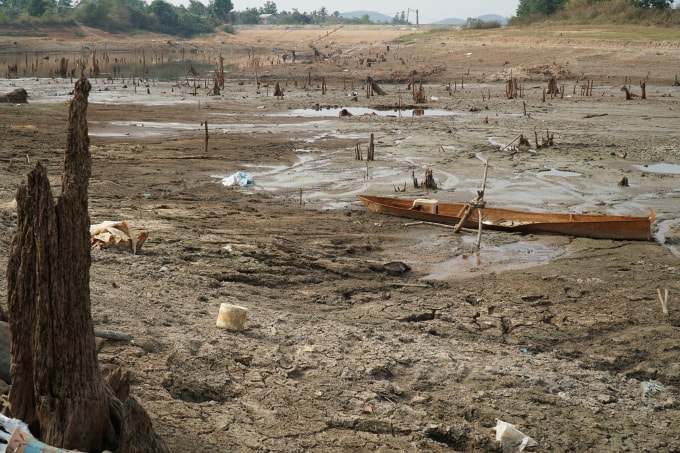
The project team will develop remote sensing-based drought warning technology for approximately 1,500 km2 of agricultural production areas in Dak Lak and Dak Nong. Specifically, the WaPOR dataset will be developed for the pilot area to assess and monitor drought and water shortage conditions. WaPOR is an open-space data platform that allows continuous monitoring of actual evapotranspiration (ET), biomass, soil moisture, and water shortage levels with a resolution of 20-300 m.
WaPOR will also provide spatial information at various levels of resolution, allowing for deeper understanding of water productivity, drought severity and the sustainability of agricultural practices.
Leaders of the Department of Irrigation Construction and Management (Ministry of Agriculture and Environment) expect that the project will help central and local management officials develop proactive and transparent methods for monitoring and forecasting drought and water shortages for agricultural production. In addition, this is also a premise for replicating the application model nationwide.
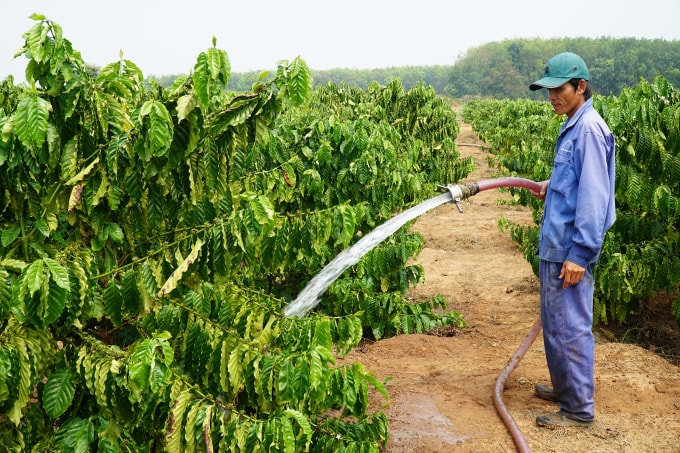
Although a large agricultural region, the Central Highlands has only 26% of its cultivated area served by irrigation systems, the rest depends on natural rainwater. Over the past 25 years, the Central Highlands has experienced 17 major droughts, with the area and damage increasing. Rice, coffee and pepper are the main groups affected by the lack of irrigation water.
Along with that, according to the professional agency, the groundwater in this area is degrading, leading to increased production costs. Most recently in 2024, most of the Central Highlands provinces experienced severe drought, causing great damage to agriculture. For example, Dak Lak recorded more than 18,000 hectares of coffee trees damaged, of which more than 1,000 hectares were damaged by over 70%, and more than 12,600 hectares by 30-70%.
Source: https://baodaknong.vn/dung-cong-nghe-vien-tham-canh-bao-han-han-tay-nguyen-248095.html



![[Photo] Closing of the 11th Conference of the 13th Central Committee of the Communist Party of Vietnam](https://vstatic.vietnam.vn/vietnam/resource/IMAGE/2025/4/12/114b57fe6e9b4814a5ddfacf6dfe5b7f)


![[Photo] Overcoming all difficulties, speeding up construction progress of Hoa Binh Hydropower Plant Expansion Project](https://vstatic.vietnam.vn/vietnam/resource/IMAGE/2025/4/12/bff04b551e98484c84d74c8faa3526e0)



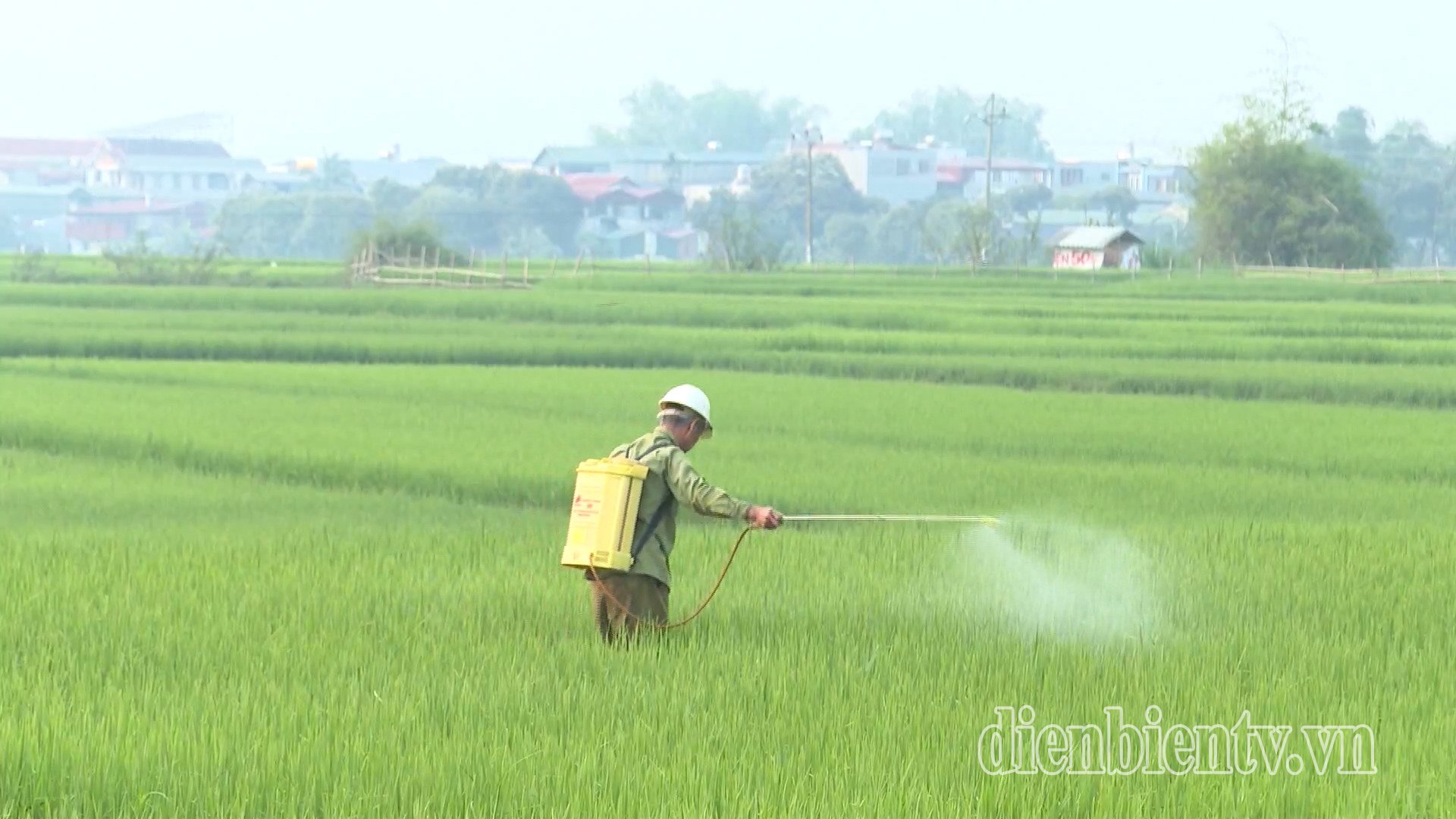




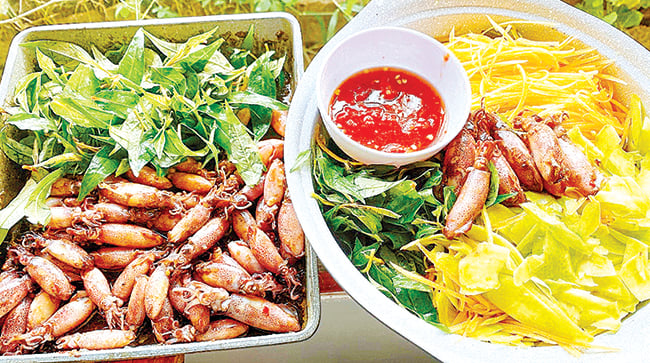


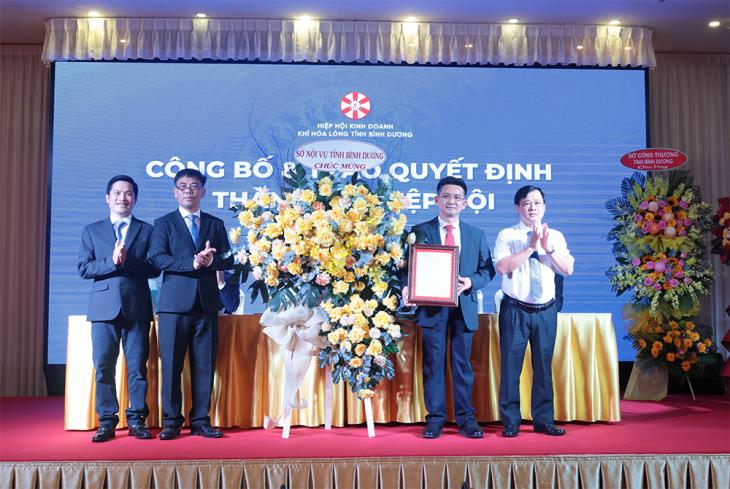
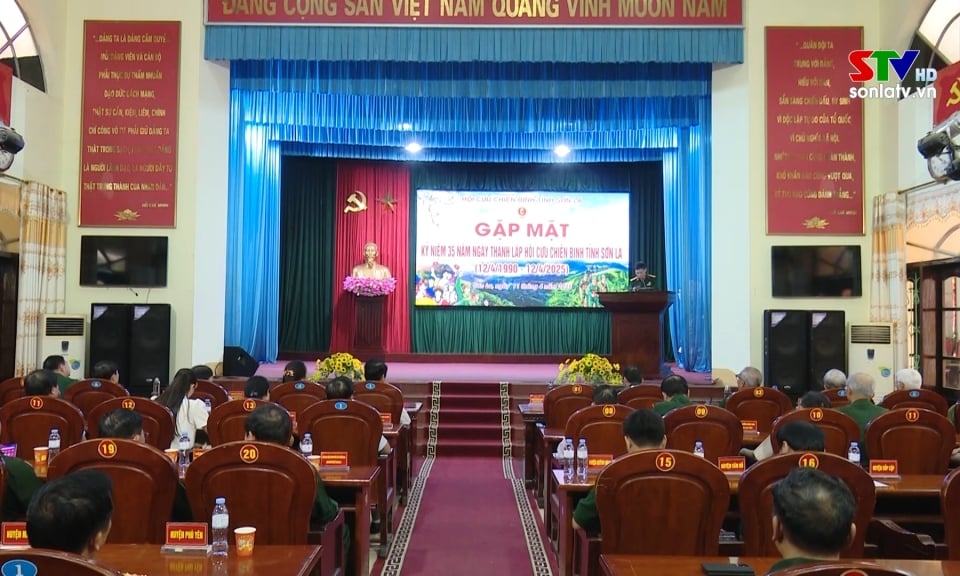





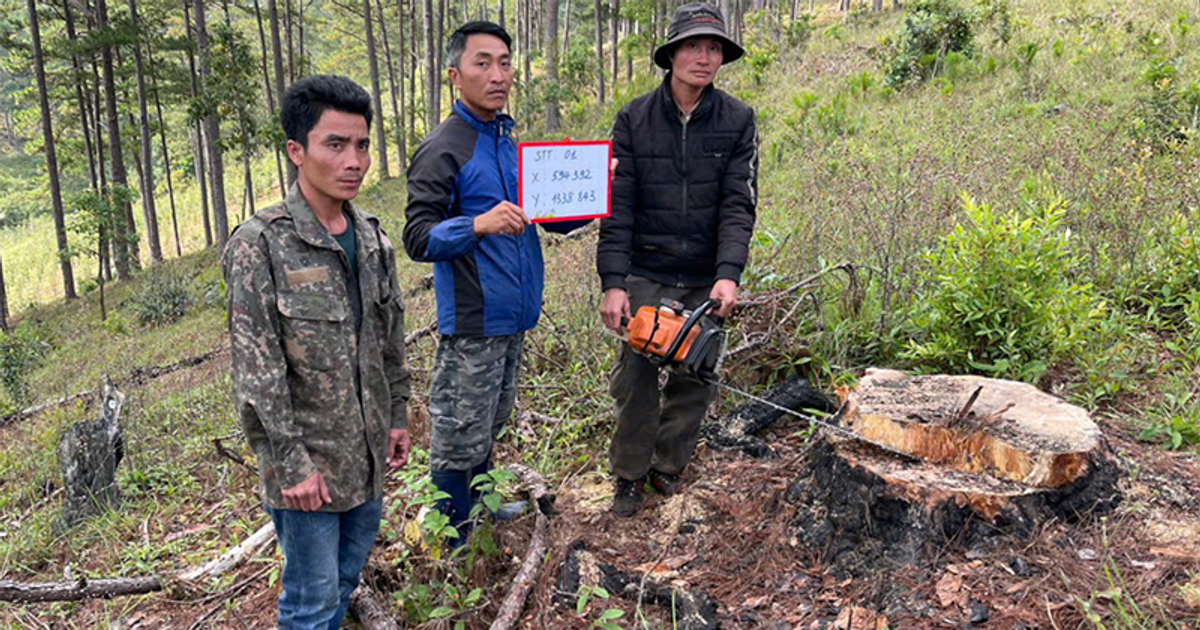

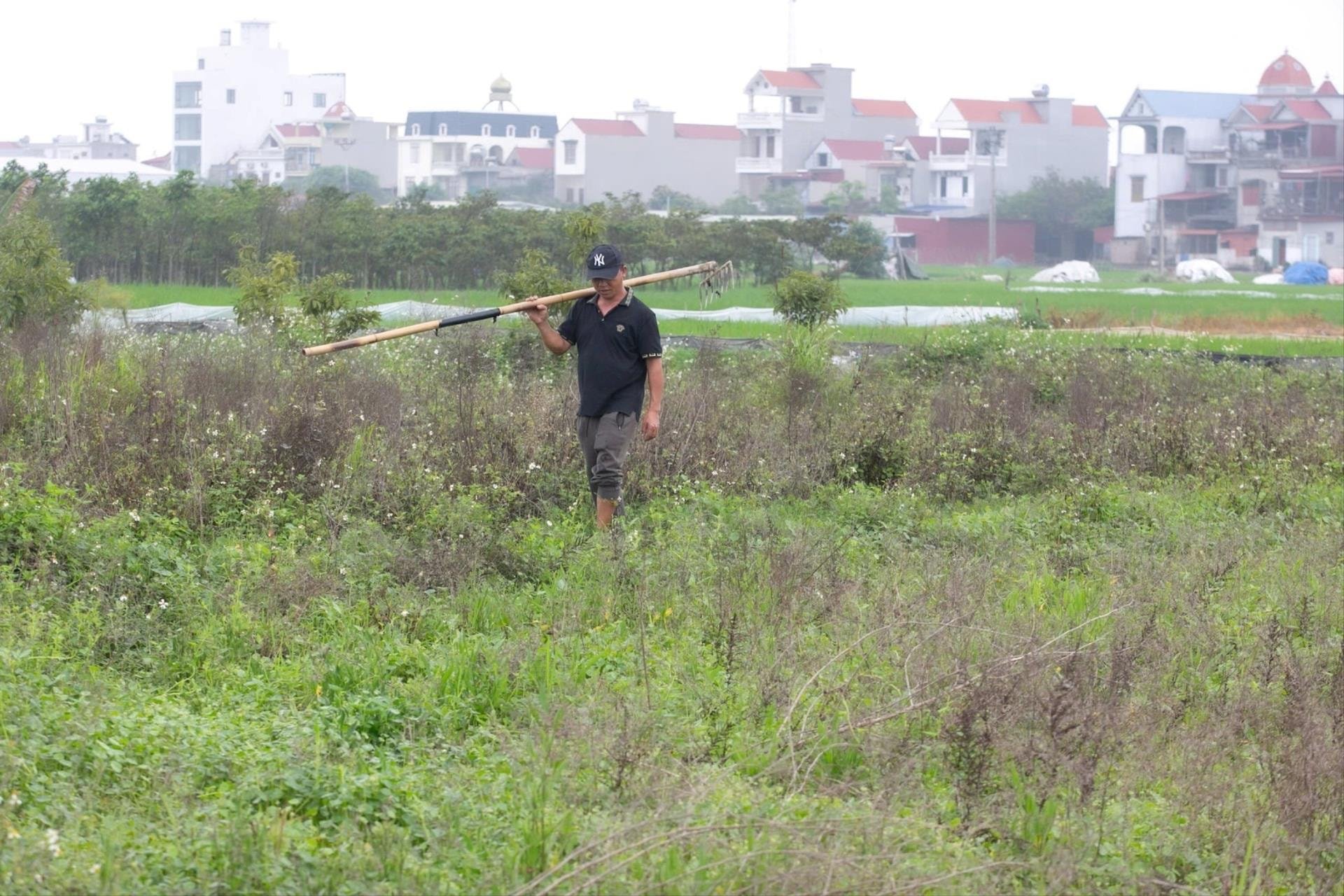

















































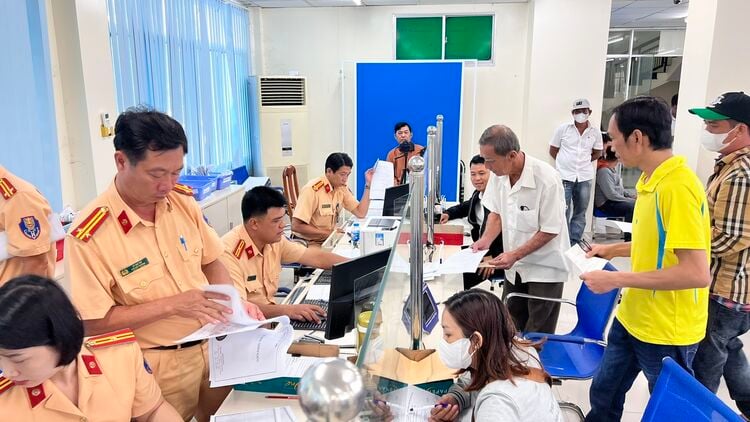

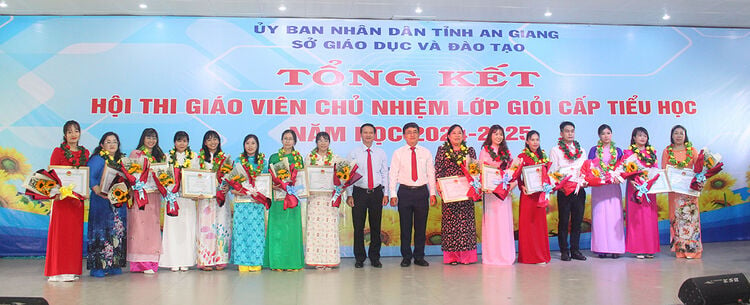













Comment (0)